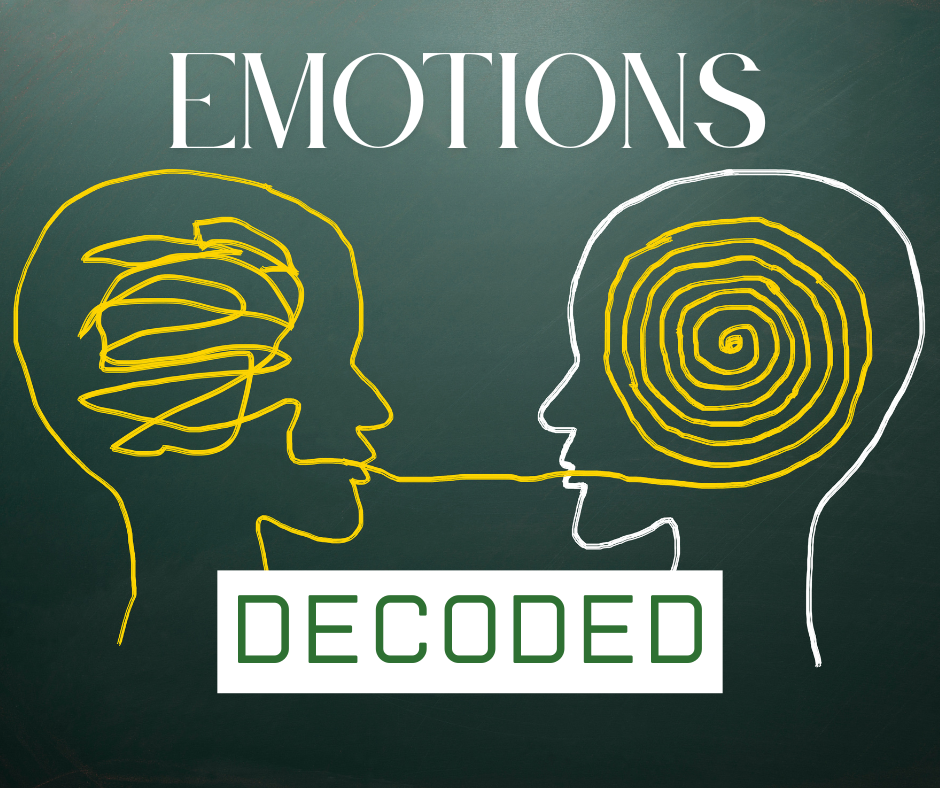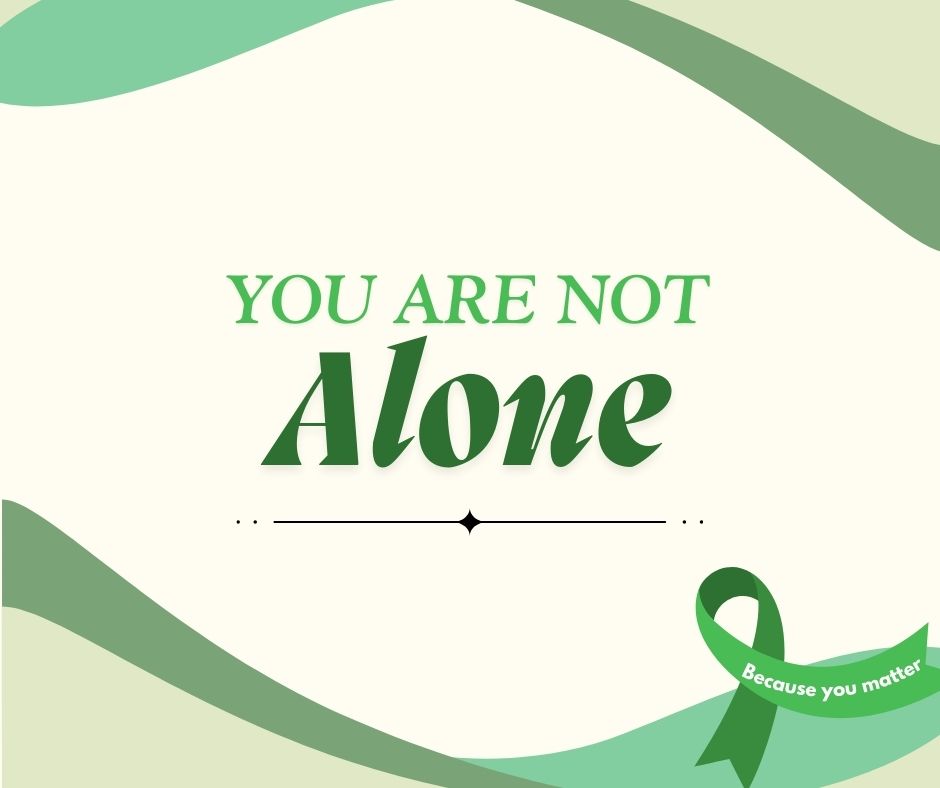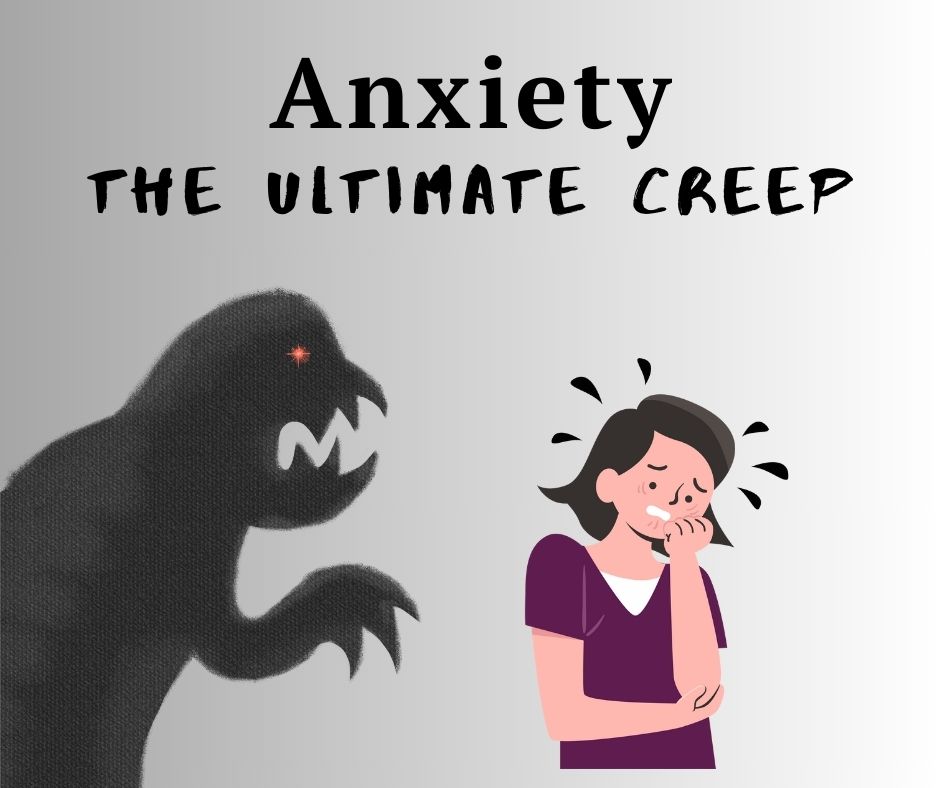Feelings Aren’t Facts, But They Are Clues
Let’s get one thing straight: just because you feel something doesn’t automatically make it true. That anxiety spiral telling you everyone hates you? Not a fact. That gut-wrenching dread convincing you you’re failing at life because you didn’t fold the laundry? Also not a fact. But here’s the twist: those feelings are trying to tell you something. They’re not always reliable narrators—but they’re persistent little messengers. Kind of like toddlers with a megaphone.
So no, your feelings aren’t facts. But they are clues.
And when you learn how to decode them instead of either stuffing them down or letting them run the show, you take your power back.
Let’s talk about how.
First, Why Does This Even Matter?
Because if you’re letting your emotions write your reality without checking their sources, you might be:
- Ghosting people you care about because you’re sure they’re mad at you (they’re not),
- Avoiding opportunities because you feel like an imposter (spoiler: maybe you’re just new at what you’re doing?),
- Or spiraling into a shame hole because one rough day convinced you you’re broken (you’re not).
When you believe every emotional alarm that goes off in your body without pausing to ask “What’s this really about?”, you end up reacting to the storm—not navigating through it.
So let’s learn how to read the emotional weather forecast without becoming the tornado.
Step 1: Separate the Feeling from the Fact
This sounds obvious, but it’s wild how often we skip it.
Example:
Feeling – “I feel abandoned.”
Fact – “No one has actually left. They just haven’t texted back in 2 hours.”
One is a real, raw emotional experience. The other is the actual reality.
You’re allowed to feel abandoned. That’s valid. But reacting as if someone has truly ghosted you when they’re just at Target buying toilet paper? That’s where we lose our grip on truth.
Brash Tip: Start by saying, “I’m noticing I feel ___,” instead of “I am ___.”
“I’m noticing I feel anxious” hits way different than “I am anxious.” One gives you space to explore. The other chains you to it.
Step 2: Ask What the Feeling Is Pointing To
Here’s where we treat emotions like crime scene clues, not courtroom verdicts.
If you’re suddenly panicking over a small mistake at work, it might not just be about the email you forgot to send. It might be triggering a deeper fear of being seen as unreliable… which might tie back to an old wound from someone who made you feel like nothing you did was ever enough.
Oof. I know. It’s deep.
But we’re not here to avoid the hard stuff—we’re here to decode it.
Ask yourself:
- “What does this feeling remind me of?”
- “When have I felt this before?”
- “Is there an old story I’m still carrying here?”
Sometimes it’s not about the thing. It’s about what the thing represents.
Step 3: Don’t Dismiss the Feeling—Translate It
Here’s where we break from the toxic positivity nonsense.
You do not need to slap a happy face on your pain and call it growth. That’s just emotional gaslighting. We’re not doing that here.
Instead, try to translate the emotion.
“I feel jealous” might really mean “I feel like I’m falling behind.”
“I feel angry” might really mean “I feel disrespected or powerless.”
“I feel numb” might mean “I’m overwhelmed and don’t feel safe to feel at all.”
Your emotions aren’t problems to solve. They’re signals. Translate the signal before you try to “fix” it.
Step 4: Use the Brash Decoder Framework
Here’s a quick tool I give clients when their emotional chaos is turning into a Category 5 spiral. It’s a simplified version of my Fear vs. Fact Thought Tracker, and you can try it right now.
The Brash Decoder:
- What am I feeling?
- Be specific. “Bad” is not a feeling.
- Try: ashamed, overwhelmed, insecure, lonely, judged, stuck.
- What triggered this feeling?
- An event?
- A memory?
- A comment?
- A thought?
- What story is my brain telling me about this?
- “They think I’m annoying.”
- “I’m never going to get it right.”
- “I should be over this by now.”
- What’s the actual evidence for that story?
- Have they actually said that?
- Have you been told otherwise?
- Is this a pattern of fear, or fact?
- What’s a more supportive truth I can anchor into?
- “Even if I made a mistake, I can repair it.”
- “This doesn’t define my worth.”
- “I am learning and growing.”
- What’s one thing I can do to self-regulate right now?
- Breathe
- Go for a walk
- Text a safe friend
- Journal
- Scream into a pillow… pick your flavor.
When Your Feelings Are Loud, But the Truth is Quieter
Let’s be real. Sometimes the emotional chaos is so loud it drowns out logic. You know you’re safe, but your body’s in fight-or-flight. You know you’re worthy, but your inner critic is holding a megaphone.
This is when you need your Anchors—those truths you’ve chosen in the calm that you can return to in the storm.
Write them. Post them. Tattoo them on your brain.
Mine include:
- “Just because I feel unsafe doesn’t mean I am unsafe.”
- “I don’t need to be perfect to be powerful.”
- “I’ve survived worse, and I’m still here.”
- “And go ahead. Eat that chocolate.
Okay… maybe not really the last one, but you get my drift.
You’re Not Broken—You’re Just Overstimulated
Look, emotional chaos doesn’t mean you’re weak. It means you’re wired. You’re human. You’re reacting to a world that throws curveballs like it’s trying out for the major leagues.
But you don’t have to stay in reaction mode.
You can learn to pause. To question. To get curious instead of critical.
Your feelings? They’re not facts. But they are your inner system waving little flags, whispering, “Hey… something here matters.”
So instead of stuffing those feelings down or spiraling out with them—decode them.
Be a detective, not a defendant.
Because the more you understand what your emotions are really telling you, the more you can trust yourself to handle whatever comes next.
And trust me—you can handle it.
Until next time, you beautiful badasses, keep it brash, keep it bold, and keep it true to you.
Shop the Spring Sale



Click Here to read our last article on How Acceptance Leads to Transformation



